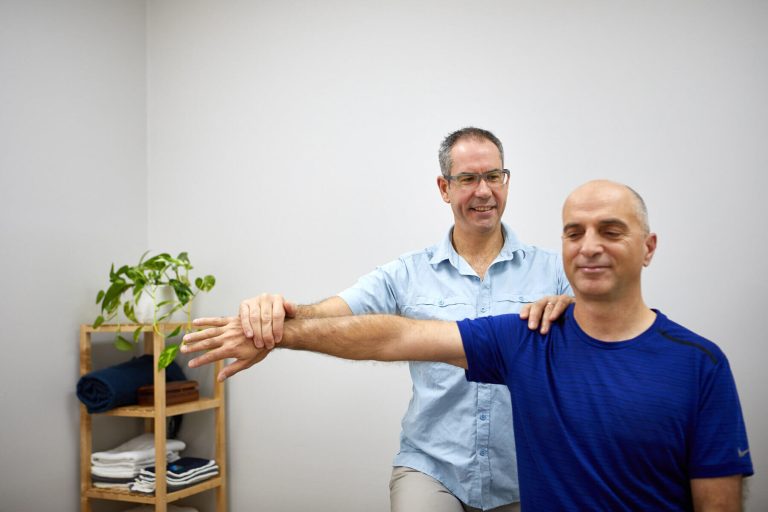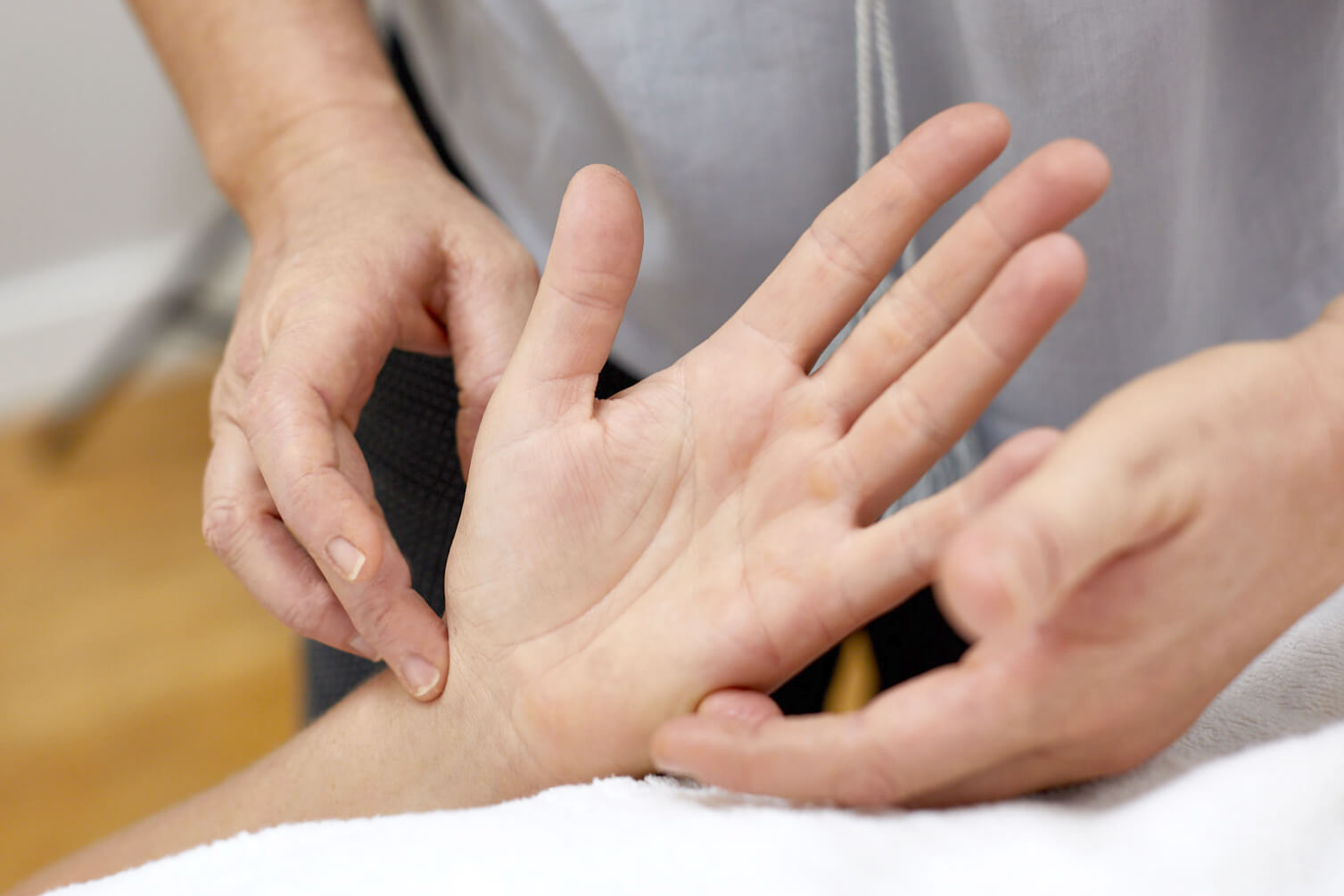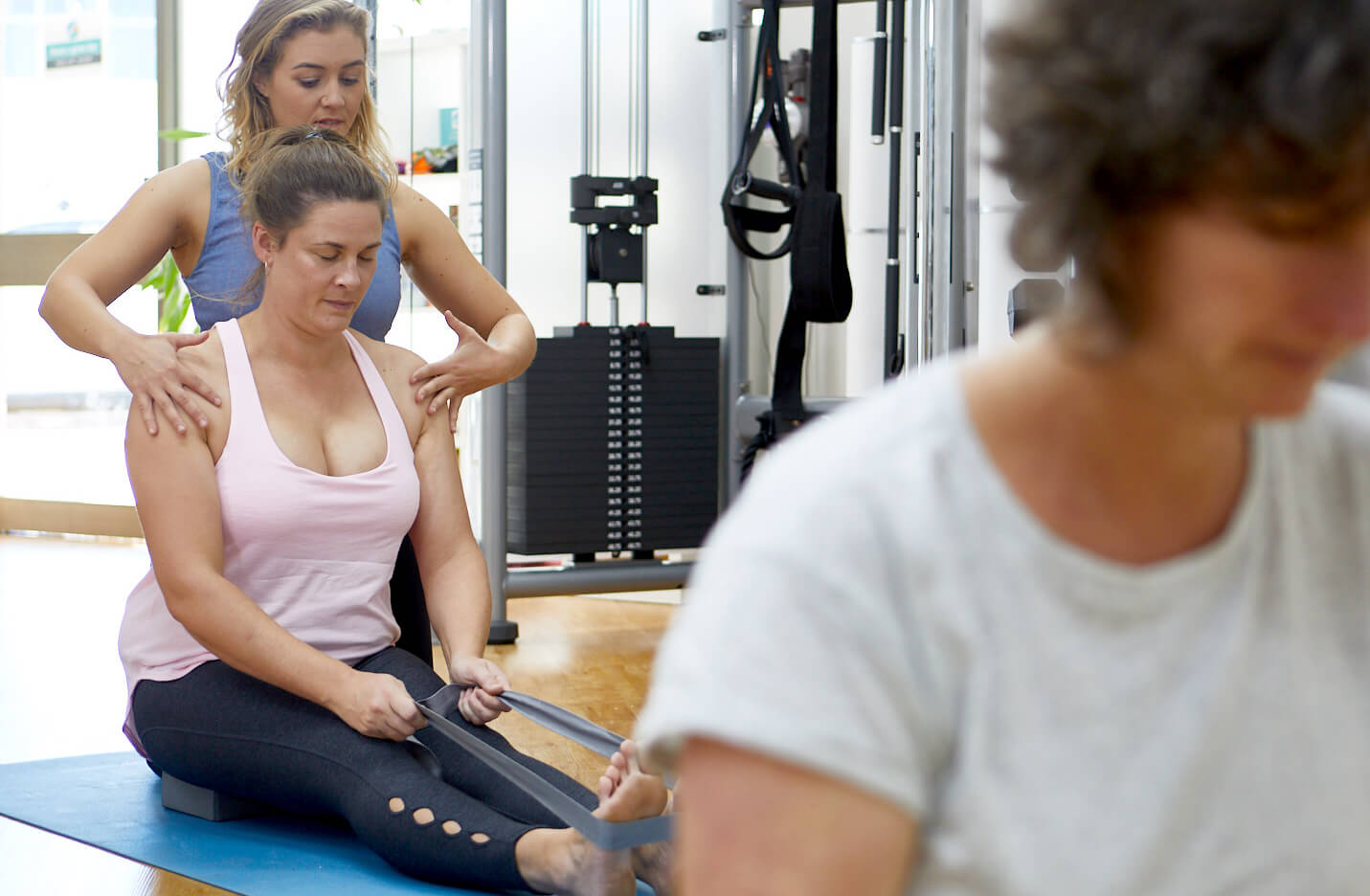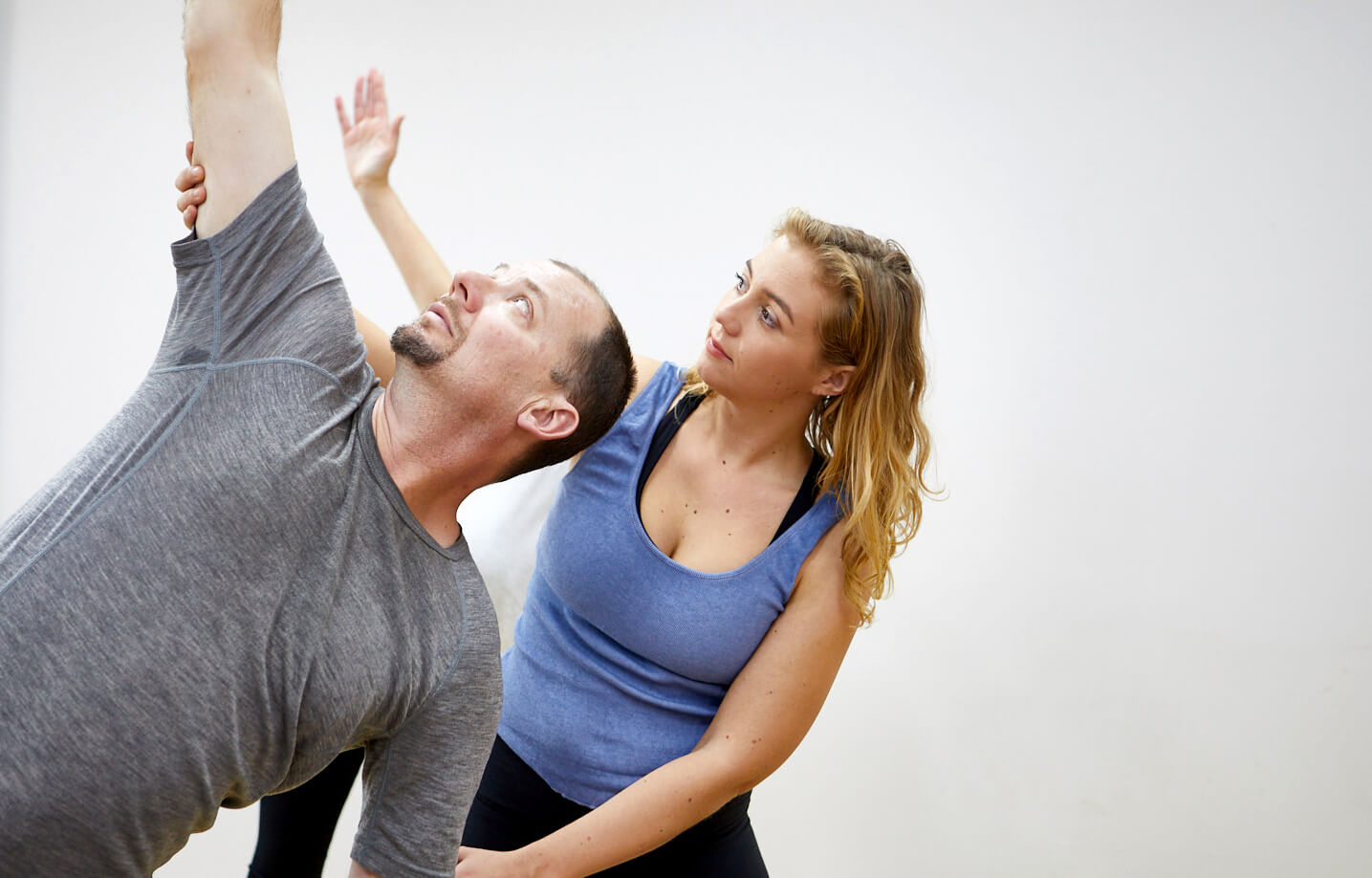3a/352 South Street O’Connor WA 6163 | (08) 93376460
Established in 2016, Next Wave Therapy is the only physiotherapy clinic in Fremantle to have a resident musculoskeletal specialist.
As a consultant pain clinic, we offer a wide range of therapies that focus on optimising your health and well-being. Our holistic approach speeds up your recovery, so you can get back to living your best life.

At our O’Connor Physiotherapy Clinic, specialist physiotherapists, occupational therapists and naturopaths treat recent, persistent and complex pain presentations.

Our physiotherapists design a customised rehabilitative exercise program that helps you recover quickly and safely from injuries, surgery and musculoskeletal problems.

Our occupational therapists address your chronic pain and mental health issues, as well as other concerns, such as stress and sleep disturbances that impact your quality of life.

Our occupational therapists and naturopaths work closely together to provide our Fremantle patients with a truly holistic experience for their recovery and wellness.
At Next Wave Therapy’s O’Connor Physiotherapy Clinic, our specialist physiotherapists have extensive experience in the assessment, treatment and management of acute musculoskeletal injuries and persistent pain disorders.
Services Include:
At Next Wave Therapy our occupational therapists help patients who are struggling with their daily activities due to chronic pain and mental health issues.
Our specialised occupational therapists have additional skills and experience with the following services
Home visits in Fremantle can be arranged.


Naturopathy uses natural medicines that support the body’s ability to heal itself. Natural medicines are our oldest medicine, tried and proven by the ancient people of the Earth over thousands of years.
Their use in more recent times is backed by extensive scientific and clinical research. Make an appointment with our resident Naturopath at our O’Connor Physiotherapy Clinic in Fremantle.
Our physiotherapists provide individual or class-based exercise rehabilitation at our O’Connor Physiotherapy Clinic.
The focus is to build strength and confidence in movement and address injury and pain through positive movement experiences.
Next Wave’s rehabilitative exercise program includes Clinical Pilates, Functional Strength and Conditioning and Athletic Performance.


Our specialist physiotherapist, Dr Jonathan Wray FACP, brings a wealth of experience to our O’Connor Physiotherapy Clinic in Fremantle.
His level of clinical expertise is in high demand by other professionals.
This expertise includes insurance reviews and second opinions, as well as managing complex pain issues for our patients.

Next Wave provides mental health occupational therapy for patients who struggle with stress, anxiety, PTSD, sleep disorders, chronic pain, grief, depression and more.
Our services include:

